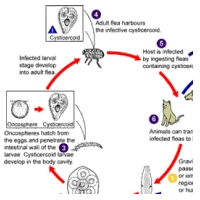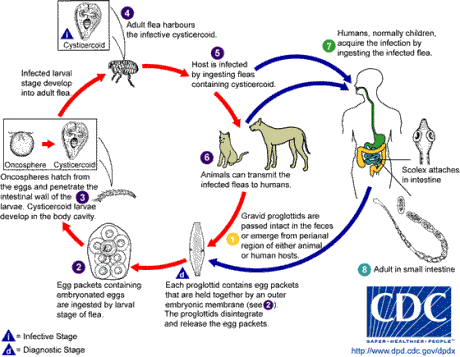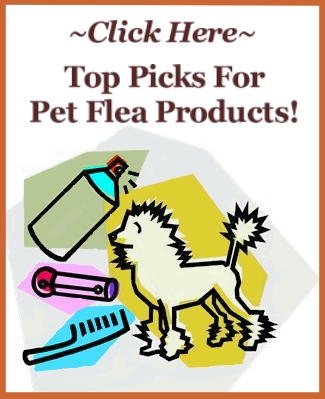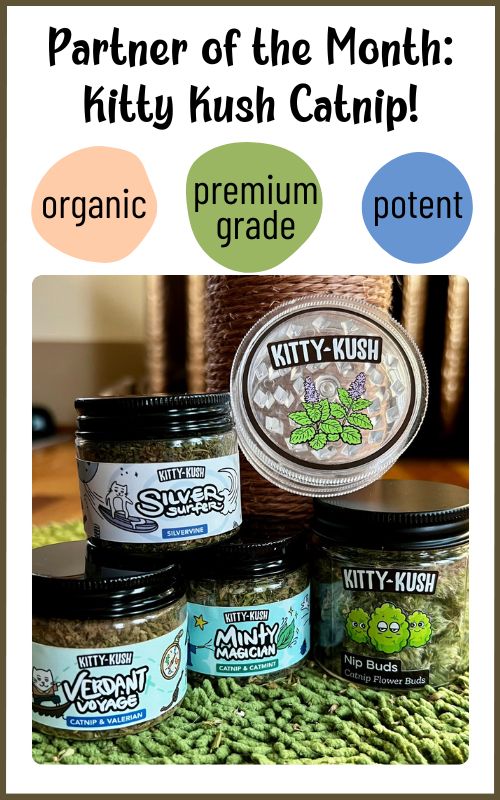- Home
- Health Care
- Life Cycle of a Flea
The Life Cycle of a Flea
"The Key To Getting Rid Of Fleas"
Battling with fleas? Understanding the life cycle of a flea is the key to getting rid of them!
The secret to their staying power (and the secret to their demise!) lies in the flea life cycle.

There are so many flea products on the market, and after using all of them, every day, you may be frustrated to find that fleas remain in your home.
If you find fleas on cats or fleas on kittens you just want them gone yesterday!
Learn about:
- adult stage
- egg stage
- larval stage
- pupal stage
Before getting into the details, I want to mention another resource for quickly killing fleas. Getting rid of them can be really hard.
That's why we've created an effective, easy to follow action plan. Because we know you want to stop searching the internet - you just need these pests gone, now! You can check it out or get your copy.
Life Cycle of a Flea: Adult Stage

An adult female flea can lay 50 eggs per day. With each of her female offspring doing the same, it's easy to see how this can quickly get out of hand!
Over the span of her life that could mean up to 600 offspring.
Life Cycle of a Flea: Egg Stage
The eggs aren't sticky, and fall off the host into carpet, bedding, grass, along baseboards, in furniture, etc. The larvae emerge from the egg between 2 days and a few weeks later.

Life Cycle of a Flea: Larval Stage
The larvae are about 1/4 inch long and light-colored.
Once they hatch they are actively moving, feeding on flea feces (mostly dried blood) and other organic debris.
They pass through three stages during the next 6 days to 2 or more weeks, until they begin to pupate.
Both the eggs and larvae are soft and vulnerable. The are easily destroyed with flea spray, powder, "bombs," and the like. The problem with flea elimination lies in the next stage.
Life Cycle of a Flea: Pupal Stage
The key in understanding the flea life cycle, and thus eliminating them, is in the pupal stage. Here's what happens:
The larva, which has been feeding and hiding for some time now, begins to spin a cocoon.
This Pupal Casing is made up of whatever materials are present in the immediate environment.
So lint, dust, hair and fabric from the carpet or furniture mixed with saliva become the perfectly camouflaged cocoon.
Inside this cocoon, during the pupal stage, the larva develops into a fully grown adult flea. If it has been affected by a growth inhibitor, it stays inside and never develops into a flea.
The pupal stage last for a week to ten days under normal conditions, meaning that the home is occupied by prospective hosts and the temperature and humidity are optimal.
A flea in the pupal stage is largely unaffected by a homeowners war on the flea population. He is dormant and safe.
Some products are designed to leave a residue which should harm the newly hatched flea, though.
But here's the kicker. A fully developed adult flea, inside its pupa, will not emerge until conditions are right.
It can survive, in a type of stasis, for up to several months! If the temperature drops, they will wait. If the house is vacant, they will wait.
Then, when they sense vibrations, shadows or other stimuli, they emerge in hordes, hungry!
Every day that you've spent vacuuming, and bathing the pets, and spraying the rugs, new fleas emerge from the crevices ready to start it all over. Yikes!
Our Experience:
We had it happen to us. We were dog sitting for the weekend, and although the dog was treated with Frontline, he must have brought a "friend" in the house. Since our cats are indoors only, they weren't treated at all. Big mistake!
After using everything on the market and waging an all out war on fleas, it was through understanding the life cycle of a flea that we learned why there were always a few left around.
During this time I learned about the connection between fleas and tapeworms.
There is more about this here: Cat Parasites. This was just one more reason to put an end to the problem for good.
That was when we started using Frontline Plus Flea and Tick Control on both cats, even though the dog had gone home.
We would never take another chance that just one of those pests would enter our door again and find a new home!
In the seasons that followed, we learned (through experience) that some fleas in some areas have developed a resistance to Frontline.
We now use Advantage. We are quite pleased with it's effectiveness.
It's an education I'll never forget, and we've had smooth sailing since. Actually, we now have a puppy of our own. She came home with a few fleas.
We went started her on Frontline immediately. We've been flea free ever since, and I plan to keep it that way!
The Battle Can Be Won!
When it comes to pet health and getting rid of fleas, we have found an all-inclusive approach works best.
Check out our page on Top Picks For Pet Flea Products to see some best-sellers and compare effective flea products.
Recent Articles
-
Today's Features
Apr 16, 25 09:54 PM
Today we have two classic Memory Lane pages to share!
Murphy & Candy Cane: Double the Maine Coon Charm - This adorable Maine Coon duo from our 2011 Photo Albums - Murphy and Candy Cane - brought doubl… -
Memory Lane Month Begins!
Apr 15, 25 10:22 PM
We're thrilled to start our "Memory Lane Month" event by visiting some cherished moments from our community! We're in the process of restoring meaningful community stories like this one, to preserve t… -
Will a Maine Coon Protect Its Owner From Danger or an Intruder?
Apr 09, 25 10:41 PM
Plenty of people are curious: Will a Maine Coon protect its owner if something happens? Let’s talk about what this means, and what kind of protector a Coonie is.





